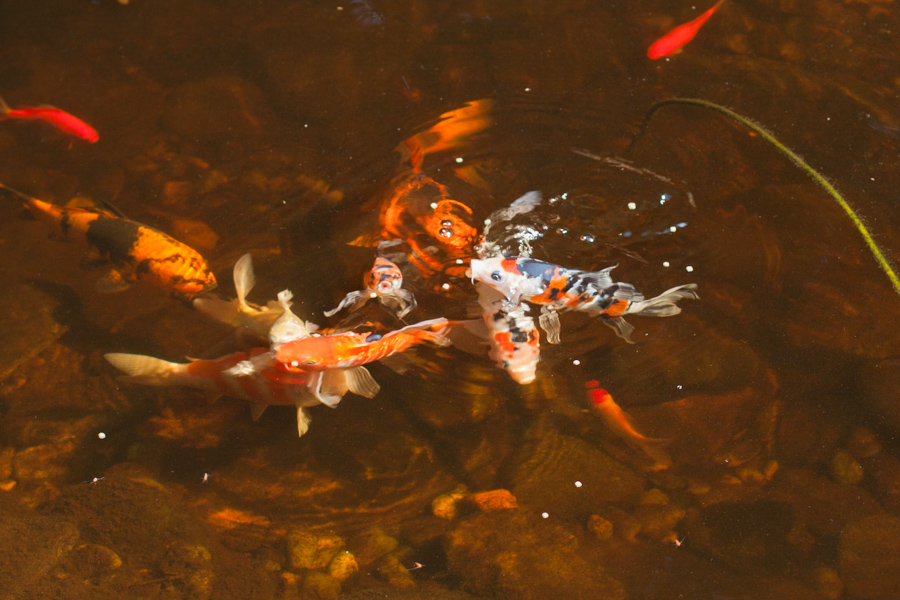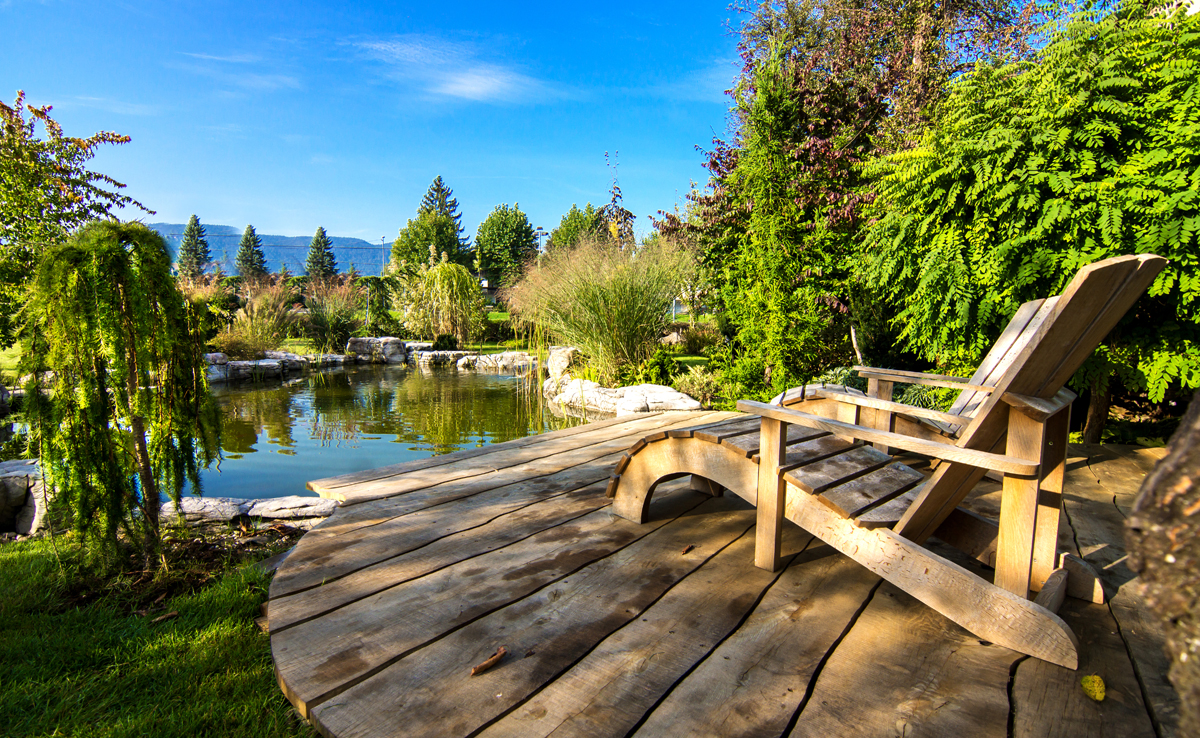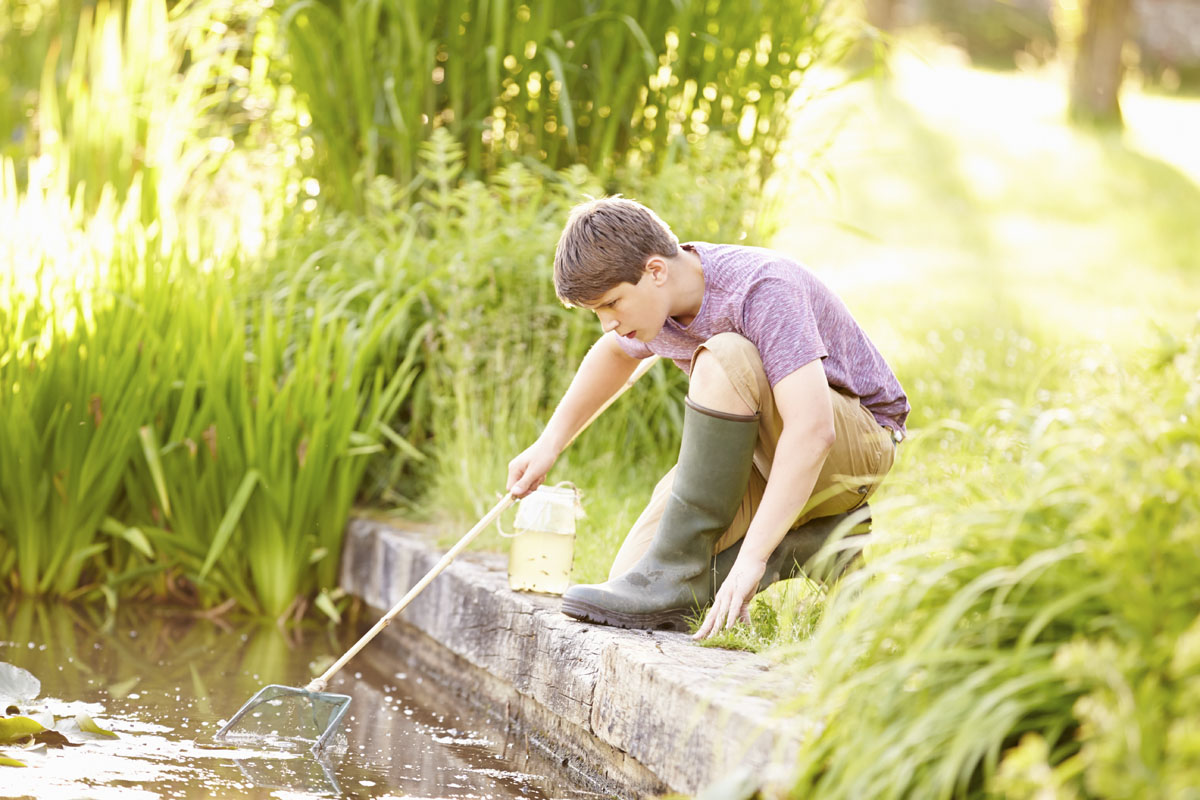Planning and Design
- Determine Purpose and Size:
- Decide if the pond will be for aesthetic purposes, wildlife habitat, or recreational use.
- Choose an appropriate size based on available space and intended use.
- Location:
- Select a location that receives a balance of sunlight and shade.
- Ensure the site is away from large trees to minimize leaf litter and root interference.
- Check Local Regulations:
- Verify if any permits or regulations apply to pond construction in your area.
- Budget:
- Plan your budget, considering costs for excavation, liner, filtration, plants, and maintenance.
Materials and Equipment
- Pond Liner:
- Choose between flexible liners (e.g., EPDM or PVC) or pre-formed liners.
- Pond Pump:
- Select a pump that suits the size of your pond and includes a filtration system.
- Water Filtration System:
- Decide between mechanical, biological, or UV filters, depending on the pond’s needs.
- Pond Skimmer:
- Install a skimmer to remove debris from the pond’s surface.
- Water Heater (Optional):
- In colder climates, consider a heater to prevent freezing and maintain fish health.
Installation
- Excavation:
- Dig the pond to the desired depth and shape, including shelves for plants.
- Install Liner:
- Lay and secure the pond liner, ensuring it is smooth and covers the entire excavation area.
- Add Equipment:
- Install the pump, filter, and skimmer according to manufacturer instructions.
- Add Water:
- Fill the pond with water, allowing it to settle and adjust the liner as necessary.
- Install Edging:
- Use stones or other materials to create a natural edge around the pond.
Adding Plants and Wildlife
- Aquatic Plants:
- Choose a mix of submerged, marginal, and floating plants to provide oxygen, shade, and habitat.
- Plant in appropriate areas: shallow shelves for marginal plants and deeper areas for submerged plants.
- Fish and Wildlife:
- Select fish species that are compatible with your pond’s climate and size.
- Consider adding beneficial microorganisms to help establish a balanced ecosystem.
- Water Treatments:
- Use water conditioners to neutralize chlorine and other harmful chemicals.
- Regularly test water quality (pH, ammonia, nitrites, nitrates).
Maintenance
- Regular Cleaning:
- Remove debris and leaves from the pond surface and skimmer.
- Clean the filter and pump as needed.
- Monitor Water Levels:
- Check water levels regularly and top up as needed to compensate for evaporation.
- Check Water Quality:
- Test and adjust water parameters to maintain a healthy environment for plants and fish.
- Winter Care:
- In colder climates, prepare the pond for winter by removing leaves, reducing feeding, and ensuring ice does not form completely over the surface.
- Inspect Equipment:
- Regularly check and maintain all pond equipment to ensure proper functioning.
Safety and Aesthetics
- Safety Measures:
- Ensure the pond is safe for children and pets, possibly adding a barrier or cover if necessary.
- Lighting:
- Install pond lights to enhance the appearance of the pond at night.
- Decorative Elements:
- Consider adding features such as a waterfall, fountain, or decorative stones to enhance the pond’s aesthetic appeal.
- Wildlife Considerations:
- Provide a safe habitat for local wildlife and prevent the pond from attracting pests.
By following this checklist, you can ensure a successful and enjoyable backyard pond experience.


 Having a pond in your backyard is a great centerpiece of your landscaping. However without proper maintenance it can become the monster lurking in your yard. Here are a set of steps for how to maintain a backyard pond.
Having a pond in your backyard is a great centerpiece of your landscaping. However without proper maintenance it can become the monster lurking in your yard. Here are a set of steps for how to maintain a backyard pond.